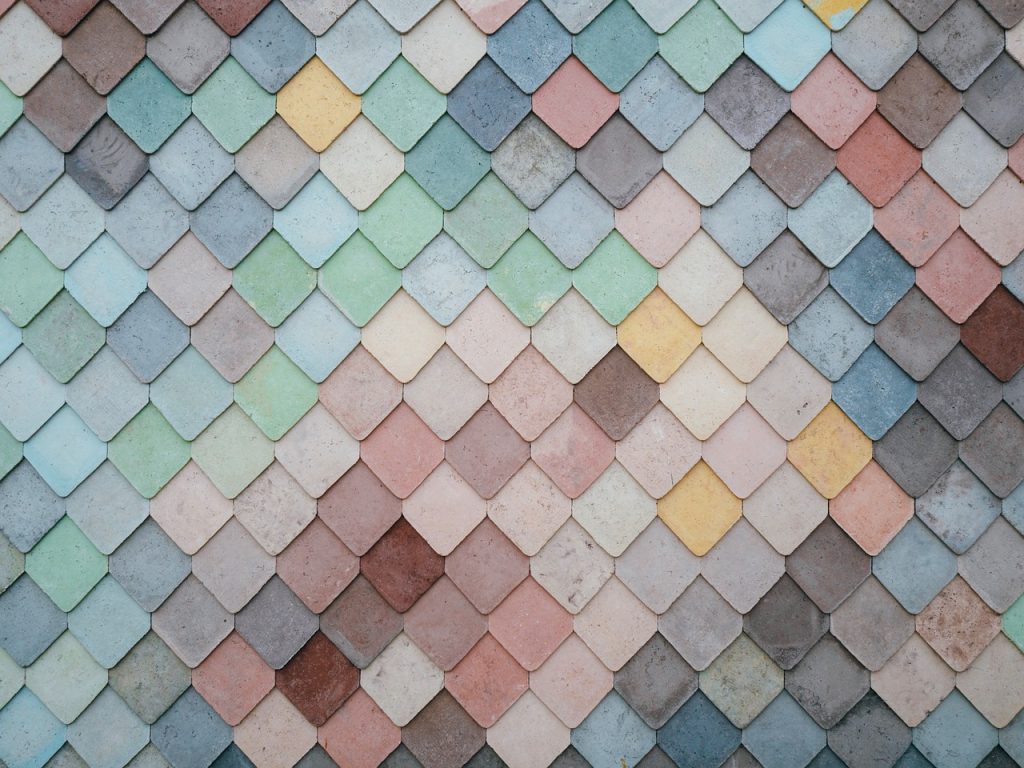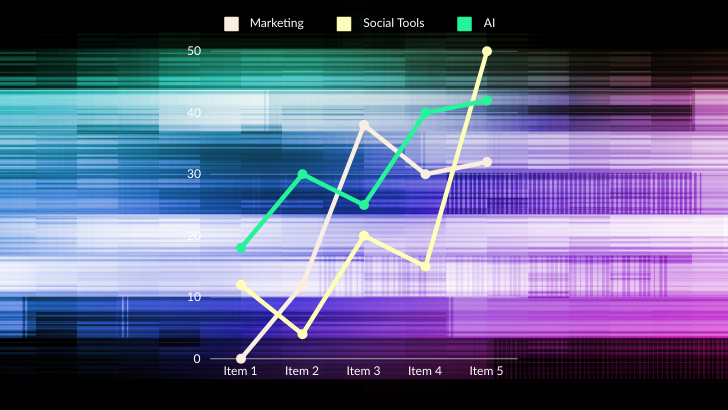“Is that color accessible?”
The collective design team groans. It’s a product design story heard a thousand times; a never ending push and pull struggle.
You’ve likely heard some of these comments before:
“It will ruin the aesthetics”
“But what about the other 95%?”
“Why are we ruining it for everyone?”
“But…”
I have to admit, I was once that designer. When I first heard the term ‘accessibility’ uttered in the design context, I was anything but supportive. Especially in product design, it was often used as an excuse for bad user experience and unfortunate visual decisions. What’s worse is that the world of accessibility (still) hasn’t been fully embraced by the design community, and the resources you find with a quick Google search only serve to bolster the idea that accessibility isn’t meant to work with good design, but in fact, against it.
I’ve heard it from countless design leaders—since the accessibility requirement came into the picture it’s as if the world is against us, and we’ll never design freely again. Somehow, all of our creativity is drained and we’re doomed to ugly, compromised interfaces for the rest of our careers. It’s the death of good design.
Here are some ways and reasons to incorporate accessibility into your design practice:
Change the conversation with empathy.
In a recent blog post about empathy in UX, Raquel Simões, one of our Product Designers here at Fuze, talked about how the basis of what we do in our role as UX is to be aware of our biases. She says this:
“With the reach that technology has today, you can expect that people with different cultures, different backgrounds, and all sorts of physical and mental constraints use our products. So, we have to be aware of this to be able to design products that are both appealing and inclusive.”
Raquel’s article serves as a great reminder of what the mission of UX truly is: To represent and give voice to our users, and meet them where they are at. And that includes all of our users, in every moment and life situation.
Change the perception, and therefore the conversation.
The realization that accessible design is usable design can be incredibly powerful for a UX team. Accessible design is actually the definition of good UX—not the antithesis. As a design team, you’ve also got an ace in your hand. Think about it: If all of our collective product and engineering teams are bought into building accessible experiences, you’ve now got a solid business backed reason to focus on good design, and common ground for the creation of better user-led product experiences. Music to our ears!
Learn the rules so you can adjust them to your user’s needs.
I cannot stress this one enough—the entire team should have basic accessibility training. You never win games without truly understanding the rules, and accessible design is no exception. So many design teams try to “Google” their way into accessible design. Reading and research are great tools—but like I said in the beginning of this post, the standards weren’t really written for us (at least not yet).
A solid baseline for the black and white rules of the game is important, but even more so, a solid grasp of their intent is absolutely key to the creation of good, inclusive design. Understanding why we put a label on top of an input field instead of beside it, or how to correctly design with color contrast is just as important as the rule itself. Accessible design is not black and white, it’s an art form. You have to learn the basics of proportion, hierarchy, typography and layout to be a great designer—but that learning alone will never be enough. You have to dig deeper.
Think of it this way: If you were to take only the raw usage data for a particular feature to improve the UX, you’d be missing a huge portion of important data that comes from observing interactions and listening to your users. Using raw data alone, you can put hundreds of hours into a feature, only to find out that the data you’ve collected misinterprets the user’s intent. Data is powerful, but only a part of the strategy. In this same way, Accessibility guidelines are like raw data—and as a UX team we need to use observation and user research in tandem with the rules to create the best, most inclusive experiences.
Accessible design is good design.
I may ruffle some feathers by saying this, but it doesn’t make it less true: accessible product design is the way of the future, and especially the future of work. Any good designer can create beautiful, bold experiences that bring a subsection of users joy, or help them be more productive in a specific scenario. A great designer will create experiences that transcend our biases, and bring us all as differently-abled humans with an array of needs and constraints closer together. A great designer creates experiences where everyone has the opportunity to succeed.
As a leader in the future of collaboration, remote work, and designing the experience for how real people on the other side of the screen engage with their coworkers and teams, I’m proud to say that Fuze is taking a leadership stance and prioritizing inclusive experiences for every user and for every one of our customers.
___
This post was originally published on the Fuze blog.




